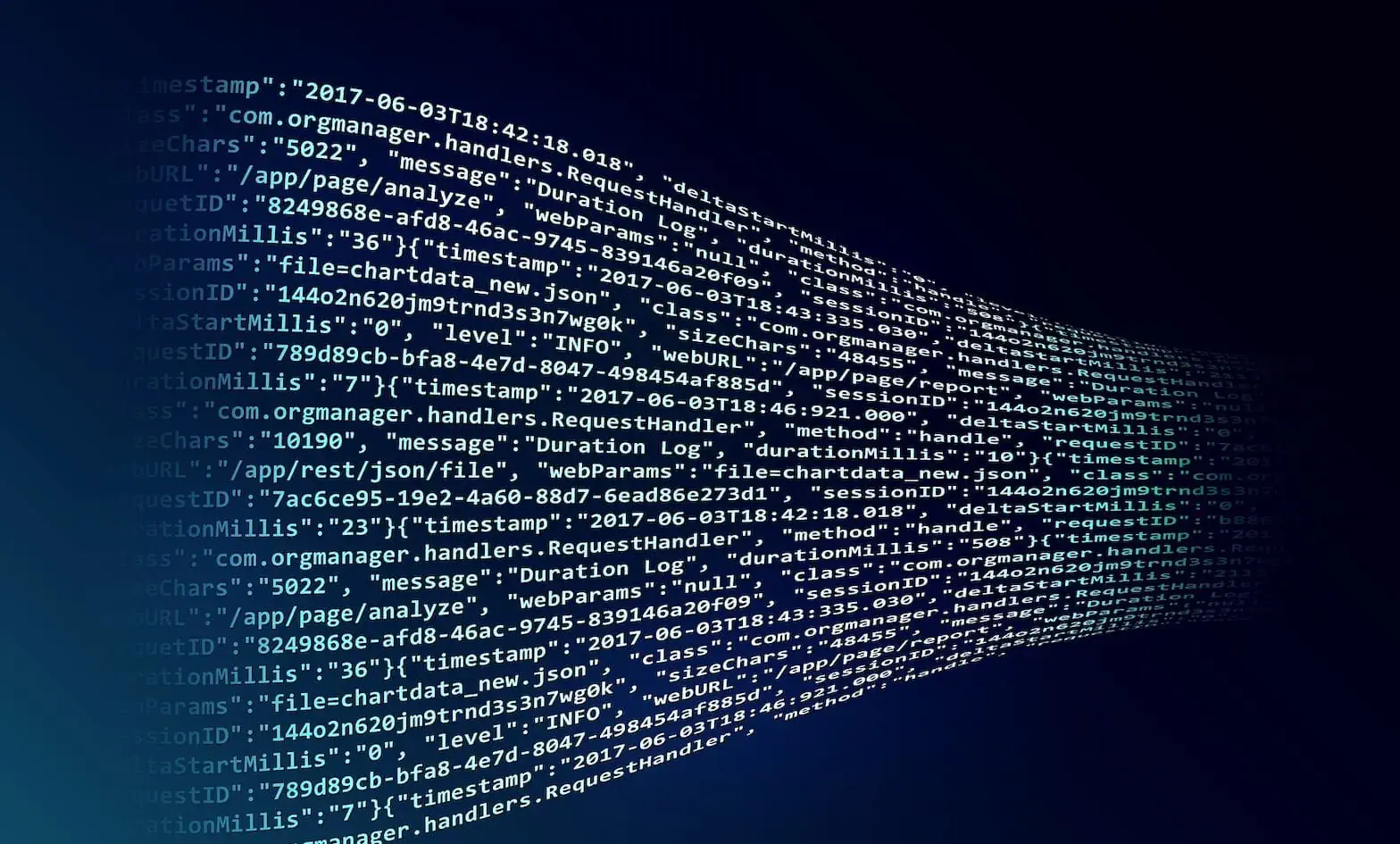On 10 and 11 April 2018, Mark Zuckerberg, the founder and chief executive of Facebook went through a two-day congressional testimony in the U.S. (Cecilia Kang et al., “Mark Zuckerberg Testimony: Day 2 Brings Tougher Questioning“, The New York Times, 11 April 2018).
The questioning followed the scandal involving Facebook and Cambridge Analytica, a data analysis consulting company, over the improper use of private data shared, without their owners’ consent, by the social network with the consulting firm. Cambridge Analytica then utilised the data notably for psychological profiling (e.g. BBC News, “Facebook scandal ‘hit 87 million users‘”, 4 April 2018; Brian X. Chen, “I Downloaded the Information That Facebook Has on Me. Yikes.” The New York Times, 11 April 2018). Here, the private data, ranging from contacts to travels or eating habits, through estimated beliefs, of up to 87 million users were shared and used. Considering the quantity of data involved, we are dealing with what has come to be known as Big Data, and which existence and use both scare and fascinate people, even more so when Big Data is associated with Artificial Intelligence (AI).
In this article we shall dwell more in detail into these “Big Data”, focusing on their role as a crucial driver and force behind the current exponential development of AI, or more exactly behind the expansion of Deep Learning (DL), a sub-field of AI. Previously, we identified “Big Data” as one of the six drivers that not only act as forces behind the expansion of AI but also, as such, become stakes in the AI competition among actors in the race for AI-power (Helene Lavoix, “Artificial Intelligence – Forces, Drivers and Stakes” The Red (Team) Analysis Society, 26 March 2018).
We shall first explain why Big Data is a driver for a sub-field of Deep Learning. Supervised Learning. We shall then dive into the characteristics of these Big Data as needed for AI to understand better our driver. This will notably allow us to start envisioning the impacts and the stakes at work in the new emerging AI world, and show how a driver – Big Data – may also become a stake and with which potential geopolitical consequences. Meanwhile two new drivers for AI are identified, namely imagination and this very emerging AI-world we seek to better understand. We shall finally turn to what could well be the new frontier in AI, Reinforcement Learning, which does not need Big Data. Big Data could then be only a temporary driver.
Access for non-members or for your package is limited. To continue reading, become a member of The Red Team Analysis Society. If you are already a member, please login (don’t forget to refresh the page).
Full article 3105 words – approx. 8 PAGES
Conclusion
Thus, Big Data is only a driver for the development and expansion of one sub-field of AI, DL in the SL approach. On the contrary, Big Data is not a driver for what could well be the latest and most advanced development of AI, the approach through RL, apart from the need to pre-train AI-agents, notably when large datasets are not labelled. As far as RL is concerned, we shall thus need to focus on other drivers, notably architecture and algorithms, as identified previously, but also, most probably the capability of humans to understand and describe a problem in terms of sets of rules, which could lead us to identify new drivers and thus forces for AI expansion as well as AI-power, beyond the new drivers identified here, such as imagination or the very emergence of the AI-world.
Featured image by xresch, Pixabay, Public Domain – Cropped.


